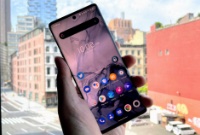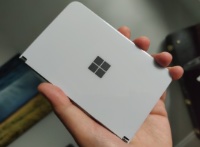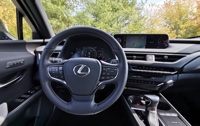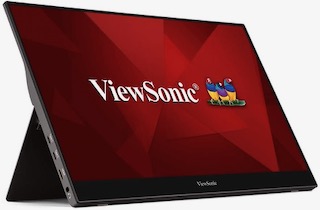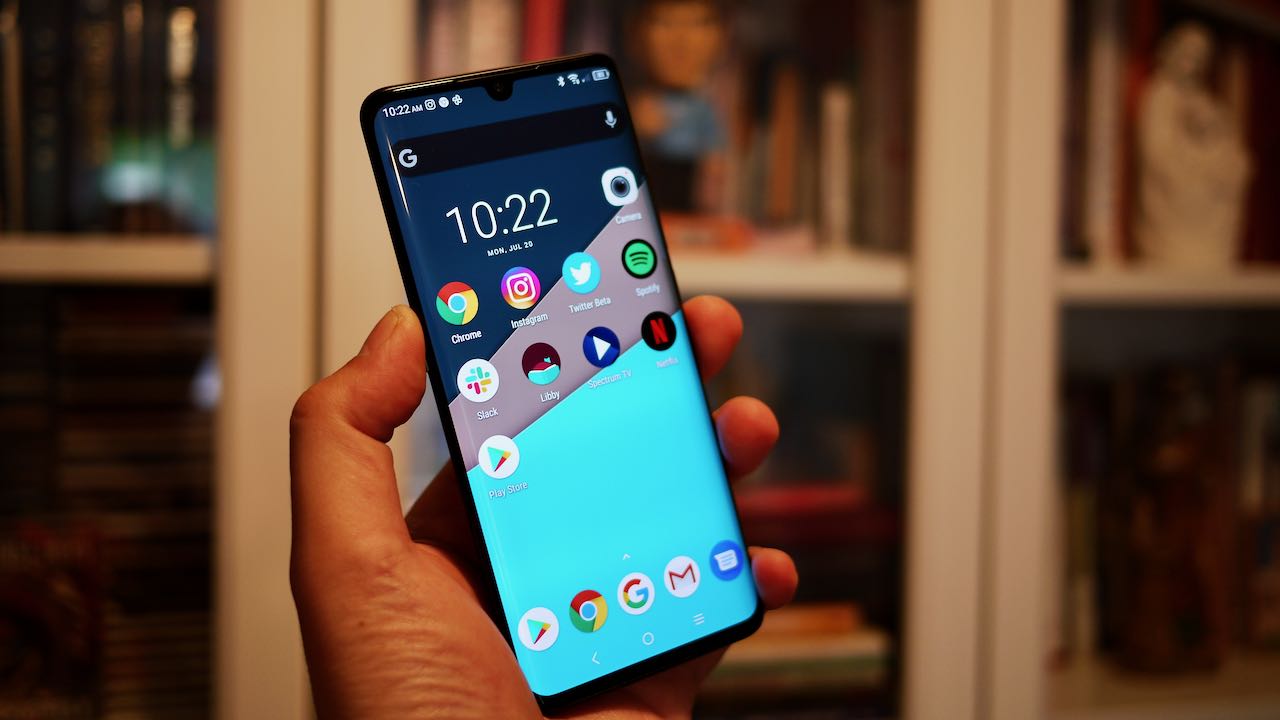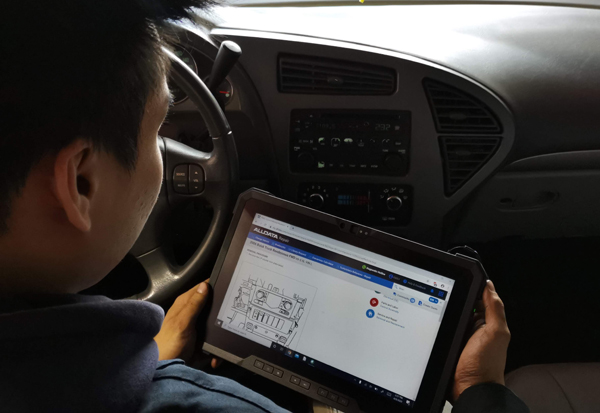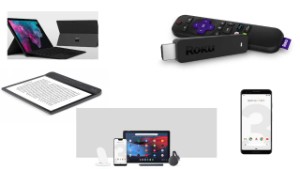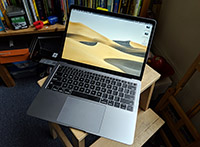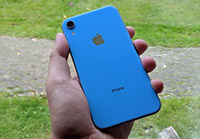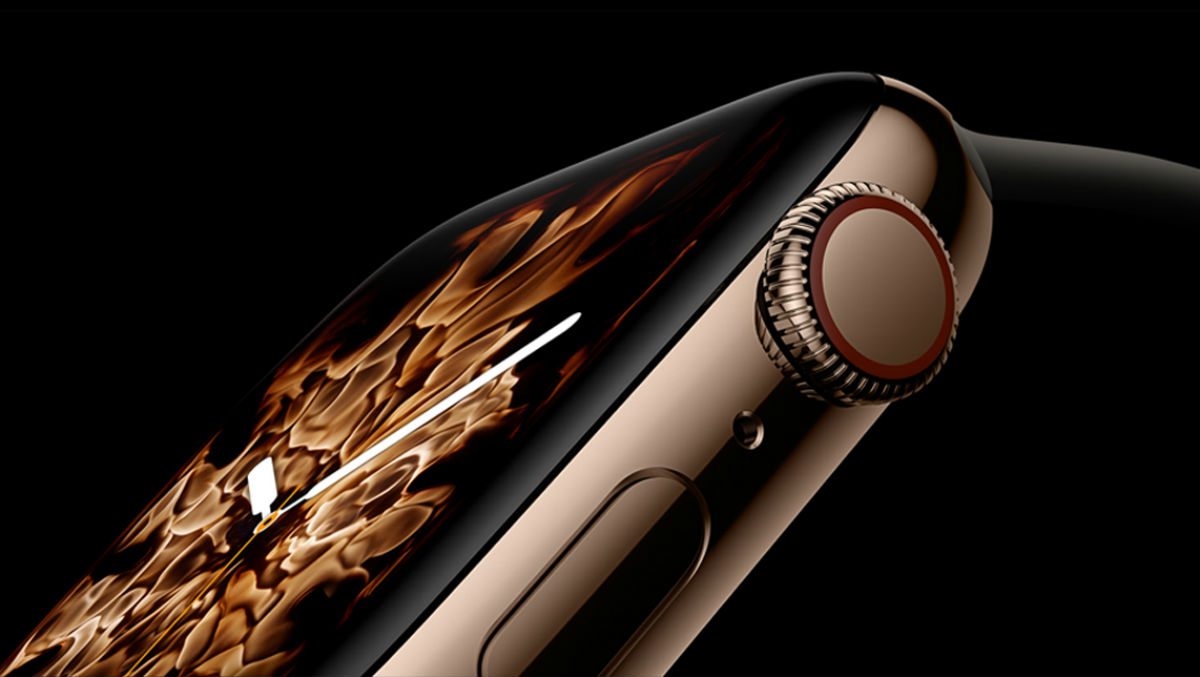Mobile internet usage expected to reach 75% in 2017
 Saturday, October 29, 2016 at 7:33PM
Saturday, October 29, 2016 at 7:33PM 
Without even having to look at the statistics, it’s easy to notice how much more time you spend online while on your smartphone or tablet. But there is also data to back that up. ROI agency Zenith predicts mobile devices will account for 75 percent of internet use around the world next year. It’s expected to be 7 percent more from last year and four percent less than the 2018 prediction. Spain, with the highest mobile internet usage rates in the world, is already at 85 percent.
Some of the other data Zenith released in the Mobile Advertising Forecasts report include Ireland having the highest percentage of smartphone users at 92 percent. They are closely followed by Singapore at 91 percent. With this increase, Zenith predicts mobile advertising to be on the rise as well with 60 percent of global advertising revenue being mobile-driven. These mobile-first ads is forecasted to be worth US$134 billion worldwide, which is far greater than estimated global advertising for newspapers, magazines, cinema, and outdoor advertising combined. Looks like we have to be prepared for a lot more ads showing up on our smartphone/tablet screens.
 Print Article
Print Article  Permalink tagged
Permalink tagged  Internet Usage,
Internet Usage,  Zenith
Zenith  Email Article in
Email Article in  Mobile,
Mobile,  News,
News,  Press release,
Press release,  Web
Web 





